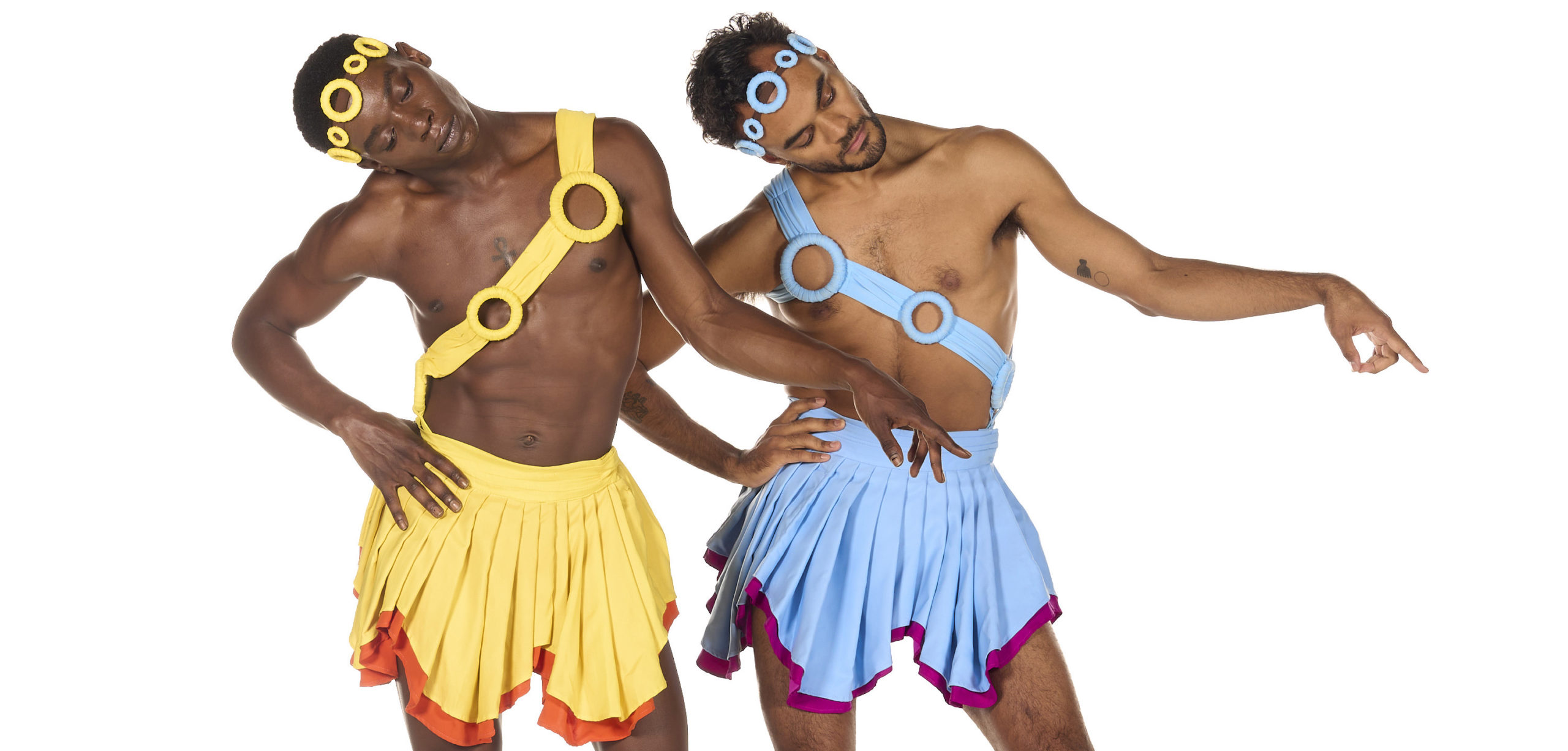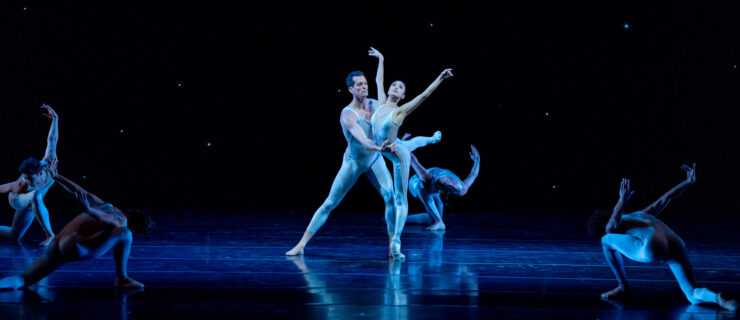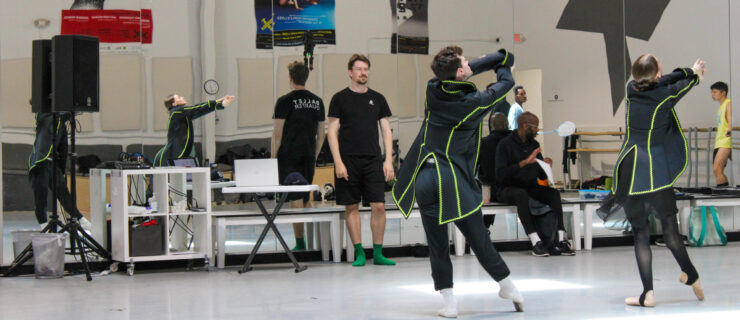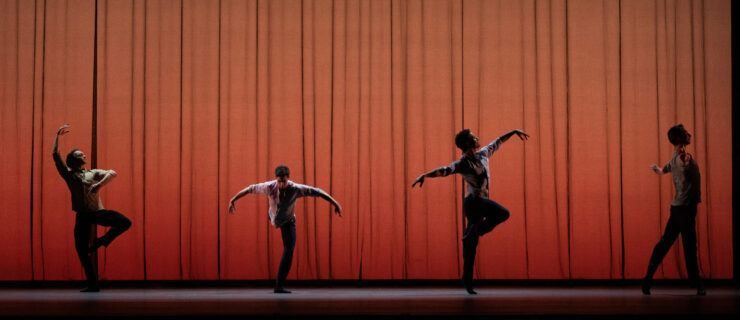Christopher Williams’ Program of Reimagined Ballets Russes Originals Comes to The Joyce
When choreographer Christopher Williams was 20, he saw Matthew Bourne’s reimagining of Swan Lake with its corps of all-male swans. The performance, he says, made him burst into tears and think, “I must do something like this someday.” Williams’ dream will be realized June 28–July 3 as The Joyce Theater hosts his program of reimagined Ballets Russes originals. Infusing each ballet with his own queer vision, Williams presents his versions of The Afternoon of a Faun, Daphnis and Chloé (excerpt), Narcissus (exerpt) and Les Sylphides. Among the cast is New York City Ballet principal Taylor Stanley, who will star as the title role in Faun and as Queen of the Sylphs in Les Sylphides.
Pointe chatted with Williams and Stanley about the upcoming performances, as well as modernizing folklore and queer identity in ballet.
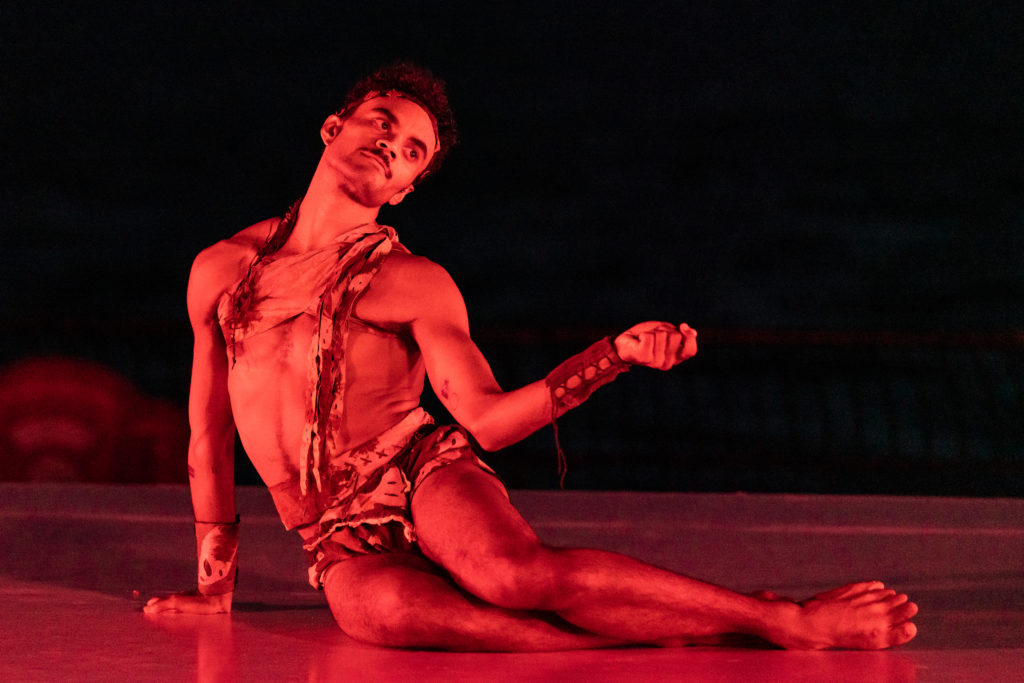
Christopher, this is your Joyce debut. How does that make you feel?
Christopher Williams: It’s always been a dream of mine to have a show there. I feel elated, and also a bit nervous—it’s a very high-profile venue. I very much revere the choreographers I’ve seen presented there.
You mention using your own “queer idiom” in your reimaginings. How do your ballets depart from the Ballets Russes originals?
CW: One of the major departures is that these new versions are queer-inclusive. I’m a firm believer that mythology should evolve as society reforms over time, and I want to help further this evolution. The protagonists are all male-identifying, as are the naiads in Faun and the sylphs in Les Sylphides—I imagine the sylphs as radical fairies who’ve divorced themselves from constraining societal norms.
Taylor, have you performed in either of the original versions of Afternoon of a Faun or Les Sylphides? What has it been like rehearsing these new versions?
Taylor Stanley: I’ve only been a spectator to the Faun by Jerome Robbins that New York City Ballet performs. It’s a very atmospheric and simple version but has a narrative that relates to a heteronormative ballet experience—two dancers, a man and a woman, who see each other in a mirror. In relation to Christopher’s version, it’s cool to take a step away from that, feeling a sense of looking at oneself in the mirror in that we see a deeper part of ourselves as queer people.
With Les Sylphides, I’ve only really watched parts of it on YouTube, but it’s been taught at School of American Ballet for past workshops. I don’t have much experience with it, but I have a general sense for the atmosphere and the scenery.
CW: Oh, but when I first started working on Les Sylphides with Taylor, he knew the music cold and danced extremely musically right from the get-go. He says he has little experience with it, but the music is completely in him!
Christopher, you mentioned using music as your primary inspiration. What does your choreography look like?
CW: I have a deep background in Cunningham contemporary dance and adore the use of spiral. I also use what I call a “fay” quality, a fairy-like element both in the sense of magical creature and in queerness, created through spiraling in the cervical spine. My choreography tends to be a hodgepodge of classical and Cunningham influence with that extra twist—no pun intended.
The formality of the image is also very important to me. My choreography gives a nod to Nijinsky’s bold use of the architecture of the body to communicate powerful images.
As opening night approaches, what are you looking forward to?
TS: I’m most excited to step into this imaginative world set before us. The elements Chris encourages really bring that sense of fairy-ness and queerness in me that I continually explore in my own journey through and outside of dance. It’s been amazing to feel that sense of healing, which is something a lot of male dancers don’t have the opportunity to explore in both movement and narrative.
CW: I’m excited that there will be incredibly high-caliber artists realizing my vision on a prodigious stage. And if I can give one iota of healing to the queer community, or inspire a young queer kid to great heights of artistry, that would be a true dream.
Any parting thoughts?
TS: There’s so much love and respect behind all of this. It feels very special, and the timing feels correct.
CW: I mean, who gets to work with a NYCB principal with such grace, humility, attention to detail and profound connection to artistry? Taylor has been an incredible willing force and vessel to my artistry.
Ballet is about the narrative and pageantry, but it’s mostly about inclusion. I hope that young dancers may realize that ballet can be for everybody. It can be an in-road path to dance, or it can take you on a journey you’d never expect—just like the heroes do in those epic myths.
